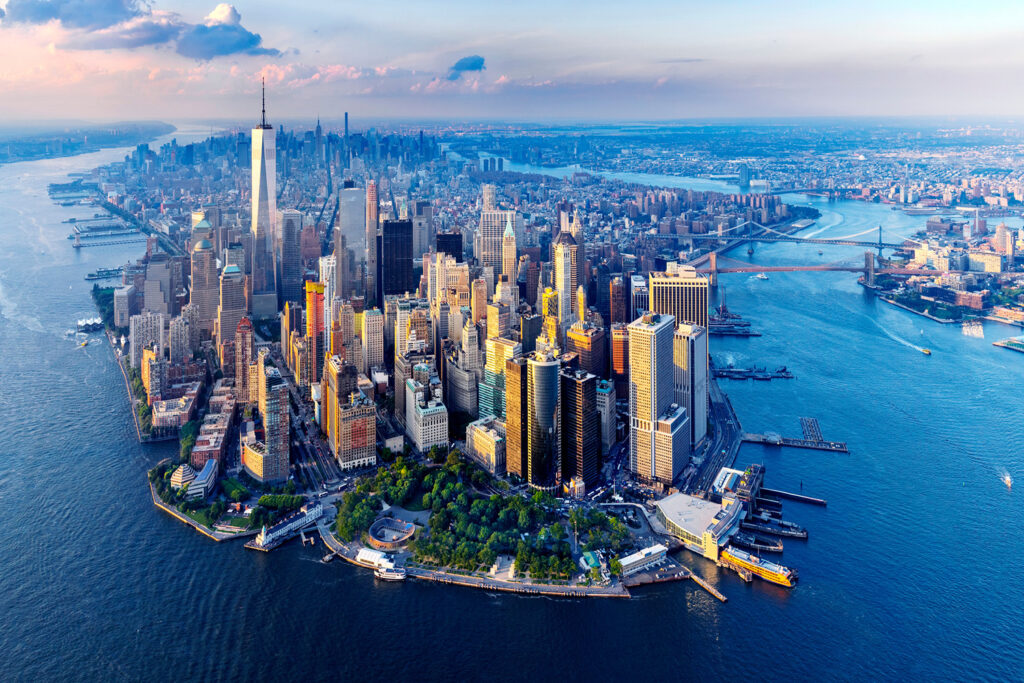All hail the shipping container
If you sit back and think about the great developments over the last 50 years that have shaped the world we live in your mind is probably drawn to the glamorous – the jet engine – the silicon chip – the internet.

However, I would suggest we should look to more humble things – and in particular – the shipping container. What is that you are saying – those metal boxes I see on trucks and freight trains, or piled up in some old yard – surely not? Well let me explain.
First, a brief history lesson. The first containers go back to the earliest days of the railways in the Great Britain, but most agree that the today’s containers are descended from those developed by the US Army in the 1940s. Following further development by private US shipping companies in the 1950s, ISO standards were published in the late 1960s by the International Maritime Organization. While there is still variety in containers being used, around 80% are the classic 20ft length (one TEU) or 40ft length (two TEU or one FEU) format.
Second, a few statistics. We live today in a world of global trade. In 1960 the value of goods (in current dollars) exported around the globe was US$130bn. By 1980 this had increased to US$2,000bn. In 2014 it was an amazing US$19,000bn. To meet this demand ships are getting bigger and bigger, the largest carrying a staggering 19,000 TEU.
So why has the container been so important in this growth? Well just think about it. If we didn’t have containers we would still movie things in boxes and sacks and on pallets. The problem with moving goods this way (known as break bulk) is the time it takes and the manpower required. Consequently, transfer between modes, and ship to shore, becomes long and complex. Much of the investment over the last 50 years in Economic Infrastructure would deliver a much poorer return if we didn’t have containers.
Then there’s storage. Containers can be stacked, so minimising land take, and the shell provides protection for the goods inside, so you don’t need storage buildings.
Now arguably the above would be less important if we made something in place A and shipped it direct to destination B. However we don’t. We live in a world of global “hub and spoke” logistics networks. Items are assembled in A, transported to a logistics centre (or origin hub), shipped thousands of miles on large ocean going vessels to a destination hub, and then moved onward to its destination. And of course, this is an incredibly simplified description.
Containers, through their rigidity and standard design, allow quick and efficient loading between modes and can be moved efficiently in large numbers. In Oman they are planning to run trains with at least 400 double stacked 20ft containers on the new railway from the ports to the regional hinterland.
Then there are dry ports and special economic zones. A port makes money by loading and unloading cargo. If large volumes of product pile up on the quays this slows that process. So, they want products off the quay and out the port as soon as possible. This has given rise to the “dry port”, a location inland where goods can be moved for storage and processing. Containers allow easy and rapid movement of goods from the wet to the dry port, especially by rail. This ability to link port capacity at one location with industry and work forces elsewhere, in a quick and efficient manner, has also led to the rise of “special economic zones” i.e. Qatar. Logistics has become an important industry in its own right.
There is one last thing to consider. The containers flexibility in terms of movement in storage is only matched by its flexibility in terms of goods carried. Clearly it is perfect for moving consumer goods, from cell phones to fridges, furniture, clothes, and processed foods. It is also perfect for smaller industrial components and finished products. But, if you add an internal watertight skin, you can move loose products like wine, cereal grains and fertilizer. Modern temperature controlled containers are also used to move perishable foods. Some people move cars and motorcycles using containers, and I have even seen some higher value mineral products in both raw and processed form moved by container. You name it – it can probably be moved in a container.
So, the next time someone asks you what has been the most influential invention of the last 50 years, remember to plead the case of the humble shipping container.





